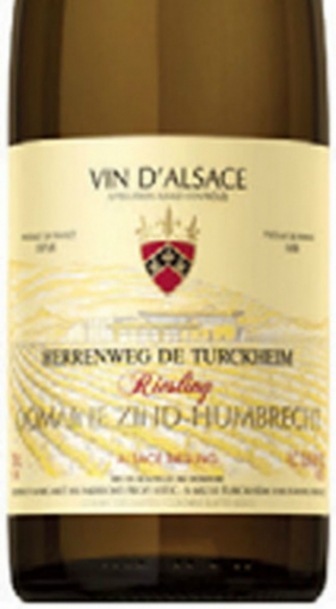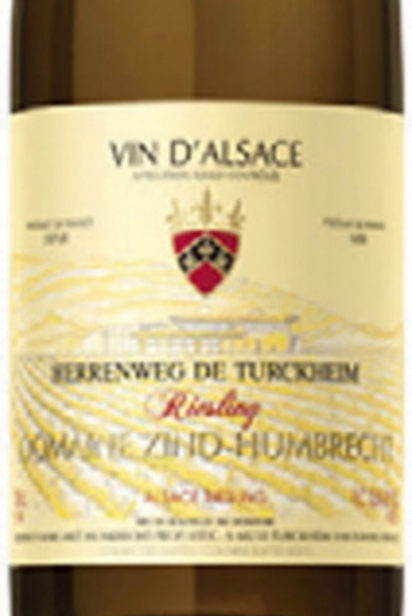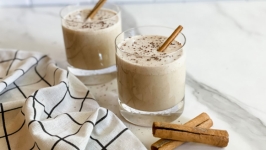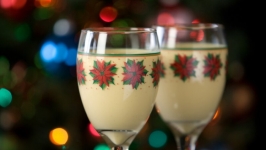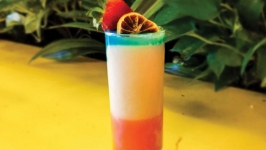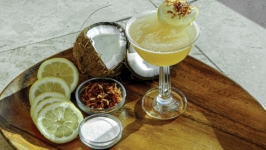Don’t Fear the Heat and Aromatics of Spicy Cuisine, Pair with Riesling
Transcend and elevate spicy cuisine with the right wine: The Noble Grape Riesling.
During my days in the restaurant business, when I was the sommelier and general manager at Norman’s in Coral Gables, I developed an affinity for the challenge in pairing food and wine with tricky foods – Brussels sprouts, artichokes, chocolate, soy – or the ultimate, aromatic spiced and spicy Indian foods. They’re my favorite conundrums to solve. The right wine can elevate your meal. In Indian dishes, the complexity of flavors – spicy, sweet, salty and layering of flavors – makes food and wine pairing challenging. Follow a few guidelines and you can have magic in your mouth.
Fiery and aromatic dishes beg for a wine to balance the heat, not add to it. Stay away from anything too high in alcohol, because it intensifies the spice. Avoid highly tannic wines like a bold Nebbiolo or a heavy Cabernet Sauvignon, which will add a bitter taste to highly flavorful, pungent dishes. Fruit seems to trump everything. Vibrant acidity works with some lively food elements, and rich viscosity helps tame the more piquant spicing and caresses certain creamy textures. But aromatic, punchy fruitiness seems to shake hands and make friends with pretty much everything.
Which brings me to my favorite chameleon of the noble grapes, Riesling. They are terrific foils for many types of cuisine. They have an extraordinary range of sweetness levels and regional styles. It’s possible to find a Riesling for just about any dish. The key is to find the appropriate combination of sweetness, acidity, intensity, texture and aromatic harmony. Tasting Riesling starts in your nose. It’s one of the most aromatic grape varieties in the world. The primary fruit aromas in Riesling are nectarine, apricot, honey-crisp apple and pear. Besides just fruit, you’ll often smell things like honeycomb or even a chemical aroma similar to petrol/gas. Believe it or not, it’s these weird smells that wine enthusiasts go gaga over. Here’s how they break down and some thoughts on pairings.
DRY RIESLINGS
Less flamboyantly aromatic and fruity than those with sweetness, these have a higher alcohol, giving them a big, full-bodied structure. Dry-style Rieslings have a fruitiness that can be described as “stony.” It is not as overtly fruity as sweeter Rieslings. The wines have a sappy, spicy texture and density that gives them the body and power to pair well with full-flavored foods and classic sauces. The absence of oak enables them to bring out the subtle flavors in fine cooking, rather than smothering them with wood or tannin. Classic preparations of fish, poultry and pork all benefit from this. Dry Rieslings have a clean, focused structure and a fine mineral edge that can cut through the heaviness of classic reductions and cream sauces. The wines brighten the flavors of the food and refresh the palate. Pairing ideas: Fried or baked fish, simple seafood dishes, cream sauces, butter sauces, roasted chicken, grilled pork chops, dal and mutter paneer.
LIGHTLY SWEET RIESLINGS
Delicacy and a mineral-inflected fruitiness are the hallmarks of fine, off-dry Rieslings. Their elegant style and absolute purity of flavor make them excellent partners for modern cooking that emphasizes high-quality, fresh ingredients. Spicy Asian/fusion cuisine, smoked fish and salty cheeses are excellent matchups for these qualities of lightly sweet Rieslings. Lower-alcohol wines also fit well with today’s healthier lifestyle. Rieslings get their structure from ripe acidity, rather than from tannins drawn from stems and oak barrels. Tannic wines give spicy foods an unpleasant bitterness, whereas Riesling helps tame the spice. A bit of sweetness also helps carry flavor, bringing out the fresh taste of the food. Lightly sweet Rieslings also make excellent apéritifs. Bright acidity balances sweetness and helps cleanse and freshen the palate. Pairing ideas: Tandoori, tikka, crab cakes, roasted meats with pan sauce, dishes with acidic sauces such as beurre blanc, roasted vegetables, white-rind soft cheeses.
SWEET AND VERY SWEET RIESLINGS
Sweeter Rieslings, such as German Auslese, work well on their own as a refresher between courses. They can also pair well with rich, spicy Indian dishes like vindaloo and Madras or moderately sweet tropical dishes featuring fresh fruits. When they are mature (10 to 20 years old), Auslese-style Rieslings become earthier and drier to the taste, making them classic partners to braised or roasted game dishes, such as fowl, wild boar and venison.
Very sweet, dessert-style Rieslings Beerenauslese (BA), Ice Wine, or Trocken Beerenauslese (TBA) are extremely intense, concentrated wines, best enjoyed on their own. But their richness also matches very well with strong, salty blue cheeses, fruit desserts and foie gras. When pairing with a dessert, however, be sure that the sweetness of the dessert does not overpower the wine.
When you’re in control of food pairings, the best part is discovering what works better than the last wine. New growers, new regions and unfamiliar styles make it exciting. Wine tells me a story. It doesn’t have to be perfect or a happy ending, just unique and real!
{ Where to Find Great Rieslings }
• GERMANY The Pfalz, Mosel, Rheinhessen and my favorite, the Nahe, with growers Peter Lauer, Donnhoff, Gunderlock, Christoffel and Von Winning
• AUSTRALIA Clare and Eden valleys, with growers Neil Pike, Geoff Weaver, Grosset and Some Young Punks
• UNITED STATES Washington State, California and the Finger Lakes, with growers Hermann J. Wiemer, Dr. Frank, Navarro, Tatomer, Waters and Owen Roe
• FRANCE Alsace, with growers Zind-Humbrecht, Bechold and Trimbach
• AUSTRIA Heidi Schröck, Bründlmeyer, Alzinger and Knoll


